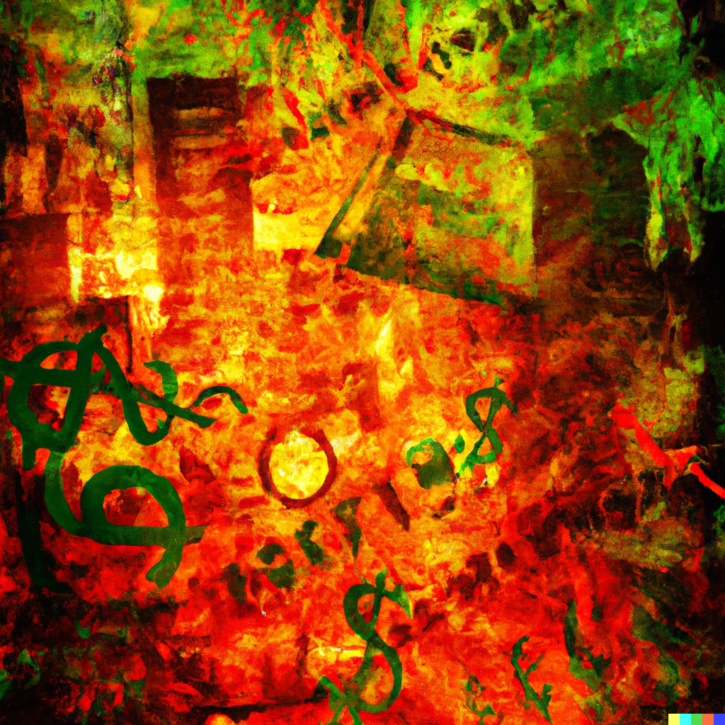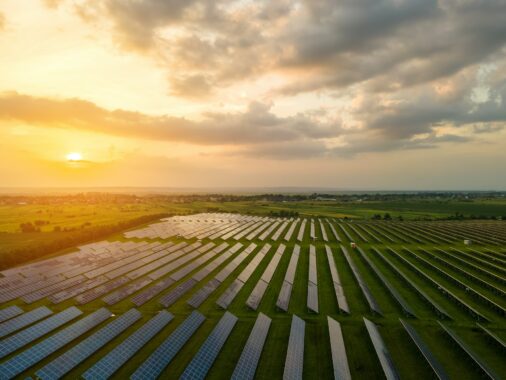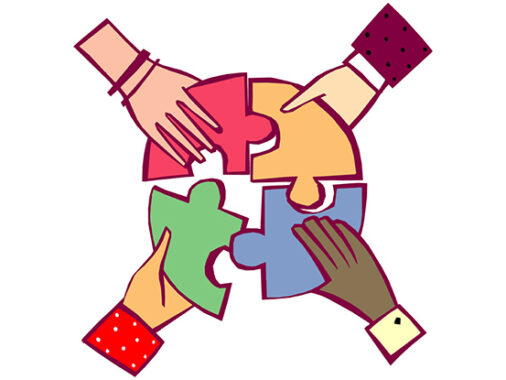The United States has a long history of economic violence against minority communities, in which economic power and resources have been used to harm and exploit these marginalized groups. From the institution of slavery, which served as the foundation of the nation’s economic system, to ongoing practices such as segregation and discriminatory housing and lending practices, minority communities in the US have faced numerous barriers to economic mobility and opportunities for success. These forms of economic violence have had a significant and lasting impact on minority communities, contributing to wealth and income inequality and limiting opportunities for advancement. In order to address this issue and work towards creating a more equitable and just society, it is necessary to examine the various forms of economic violence faced by minority communities and explore potential solutions.
Economic violence is a term that refers to the use of economic power or resources to harm or exploit others. In the United States, economic violence has been a pervasive and longstanding issue, particularly for minority communities. This form of violence has taken many forms throughout the country’s history, including slavery, segregation, discrimination in housing and lending practices, and the mass incarceration of minority individuals. These policies and practices have had a profound and lasting impact on minority communities, contributing to wealth and income inequality and limiting opportunities for upward mobility.
To understand the current state of racial conflict in the United States, it is necessary to trace the country’s history back to the nineteenth century cotton plantations of the south. From the very beginning, violence against Black people has been embedded in the country’s economy and governance. While it has taken different forms over the years, the sentiment has never changed: people are intensely afraid of experiencing the grueling labor and agony that has been inflicted on African Americans, and as a result, those in power have intentionally and systematically kept Black people down. By keeping African Americans at the bottom of the financial food chain, the American system of irrationally cheap labor can continue to function, and lower/middle class non-minorities can continue to feel comforted by the idea that they aren’t at the bottom of the totem pole.
One of the most egregious examples of economic violence in the United States is the institution of slavery. Bodies of the enslaved served as America’s largest financial asset by far. It is difficult to compete with a system that extracts free labor from its own victims, much like a car that runs on blood, sweat, and tears instead of gas. This is a concept known as low-road capitalism. In a capitalist society that prioritizes low wages, businesses compete over the price, not the quality, of goods. Unskilled workers are typically incentivized through punishments, rather than promotions. The United States has a long history of relying on free labor, and as a result, it has become adept at finding ways to extract free and cheap labor without the need for slavery.
One way that the United States has continued to exploit cheap labor is through the mass incarceration of Black people. African Americans make up about 13% of the nation’s population, yet they constitute 40% of the incarcerated population. During the California forest fires of 2017, 40% of the responding firefighters were inmates who were paid $2 an hour, and upon release, were banned from entering that profession. Over 1.5 million inmates work during their sentences, and most only make a few cents an hour. The mass incarceration of Black people is modern day slavery.
African Americans are also financially disempowered by economic policies such as redlining and racially disparate credit ratings. Redlining is the practice of refusing to insure mortgages in and near African-American neighborhoods. This policy, which was implemented by the Federal Housing Administration in the 1930s, contributed to the widening of the Black-white wealth gap and exacerbated policy, education, and wage inequality that can still be seen today, particularly in cities like Chicago, Los Angeles, and New York. Credit ratings are another area where there is a significant discrepancy between Blacks and whites. The credit rating system acts as a gatekeeper to business and wealth building, as it determines who is eligible for loans. It is meant to be objective, but unfortunately, credit ratings are discriminatory against people of color, as they are based on financial instruments that racist policies, such as redlining, have denied them access to. It is difficult for Black people to gain upward mobility if they can’t get a loan, or “boots” to “pull themselves up by their bootstraps”. Most recently, African Americans have been disproportionately directed towards predatory subprime lending, a practice of granting borrowers loans with unreasonably high interest rates, often leading to debt and default. BIPOC do not choose subprime loans because they have not done their homework or make risky choices, they choose these bad loans because they are the only ones they qualify for.
One of the most insidious forms of economic violence is the exploitation of low-paid labor. This type of violence is particularly prevalent in industries such as agriculture, domestic work, and retail. These industries often rely on vulnerable populations, including immigrants and people of color, to provide cheap labor. Workers in these industries are often subjected to poor working conditions, low wages, and lack of benefits. They are also often vulnerable to exploitation, as they may not have the same protections as other workers. This type of economic violence not only hurts the individuals who are subjected to it, but it also undermines the entire economy, as it creates a race to the bottom in terms of wages and working conditions.
In addition to the economic violence faced by Black communities, there is also a long history of violence against other marginalized groups, including indigenous communities and immigrant communities. These groups have also been subjected to exploitation and discrimination, and have faced barriers to economic mobility. It is important to recognize the intersecting nature of economic violence and other forms of oppression, and to work towards creating a more equitable and just society for all.
Ending economic violence will require a multi-faceted approach that addresses both the immediate needs of marginalized communities and the systemic issues that contribute to economic violence. This may include initiatives such as reparations, affordable housing, job training and employment programs, and access to capital. It will also require a commitment to dismantling systemic racism and white supremacy and creating policies and systems that support the economic empowerment of marginalized communities.





